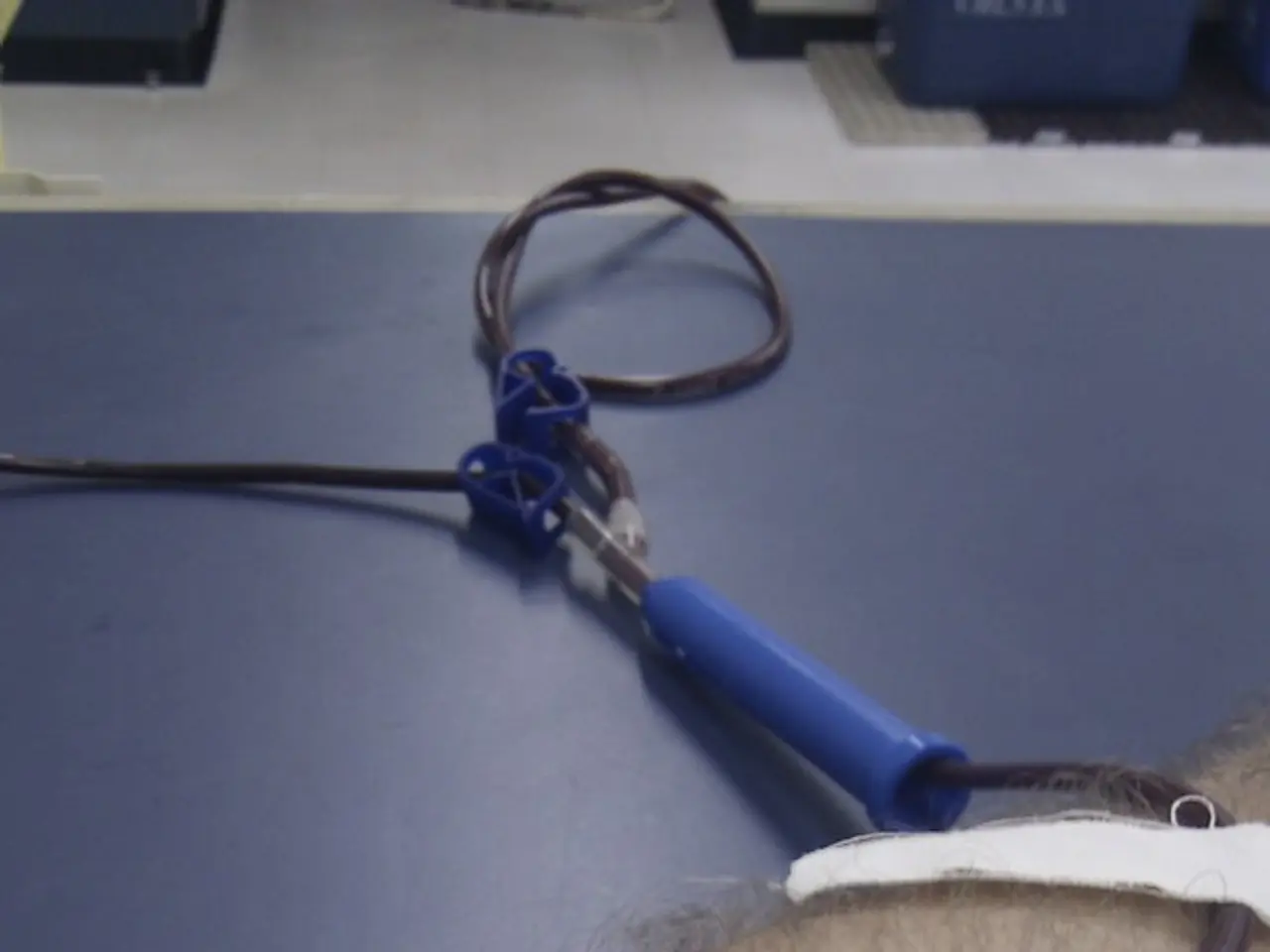Mudd Center Undergoes Standard Air Quality Testing Following Power Outage
Air Quality Assessments Details Concerning the Mudd Region
After a power outage at the Mudd Center, a series of tests were conducted to ensure the safety of its staff and occupants. The testing was part of the standard procedure for buildings that have been idle, and it involved air quality testing and assessing the performance of the building systems.
The data collected from each location represents results taken after the building systems had been operational for 36 hours. Each location's data is divided into two periods: several days into the shutdown and after the building systems had been operational for 36 hours.
The top line of data from each location represents results collected several days into the shutdown. The data shows the results of the building systems during those initial days when the power was out, and the systems were not operational. The bottom line of data, on the other hand, represents the results taken after the building systems had been operational for 36 hours.
The testing was done to ensure the safety of the staff and occupants of the Mudd Center. It was a precautionary measure to identify and address any potential issues that could have arisen during the power outage. The test results can be viewed by clicking HERE.
The testing process involved an initial assessment, ventilation checks, testing parameters, sampling timing, and interpretation and action. The initial assessment involved a visual inspection for signs of water damage, mold, or structural issues that could affect air quality. The ventilation systems were checked to ensure they were functioning properly to circulate fresh air and reduce stagnation.
Air quality monitors were used to measure parameters such as particulate matter (PM), carbon monoxide (CO), volatile organic compounds (VOCs), relative humidity, and temperature. The sampling was done at intervals, with the first tests conducted within the first few hours after power restoration. Repeat tests were performed at intervals to monitor changes in the air quality.
The test results demonstrate the results of the building systems after 36 hours of full operation. The data shows that the air quality improved significantly after the building systems were operational for 36 hours. The levels of particulate matter, volatile organic compounds, and carbon monoxide decreased, indicating that the ventilation and HVAC systems were functioning properly.
In the initial hours, the air may have been stale due to lack of circulation, and there could have been a potential spike in VOCs from appliances and materials as they resumed operation. As the hours passed, the air quality should have stabilized as ventilation and HVAC systems normalize.
This process helps maintain a safe indoor environment by identifying and mitigating potential air quality issues promptly after a power outage. It is an important step in ensuring the safety and well-being of the staff and occupants of the Mudd Center.
As a precautionary measure following the power outage at the Mudd Center, health-and-wellness checks were conducted, including science-based air quality testing and assessments of therapies-and-treatments like ventilation systems. The test results showed significant improvements in air quality after 36 hours of full building operations, with decreased levels of particulate matter, volatile organic compounds, and carbon monoxide, ensuring a safe and healthy environment for staff and occupants.




